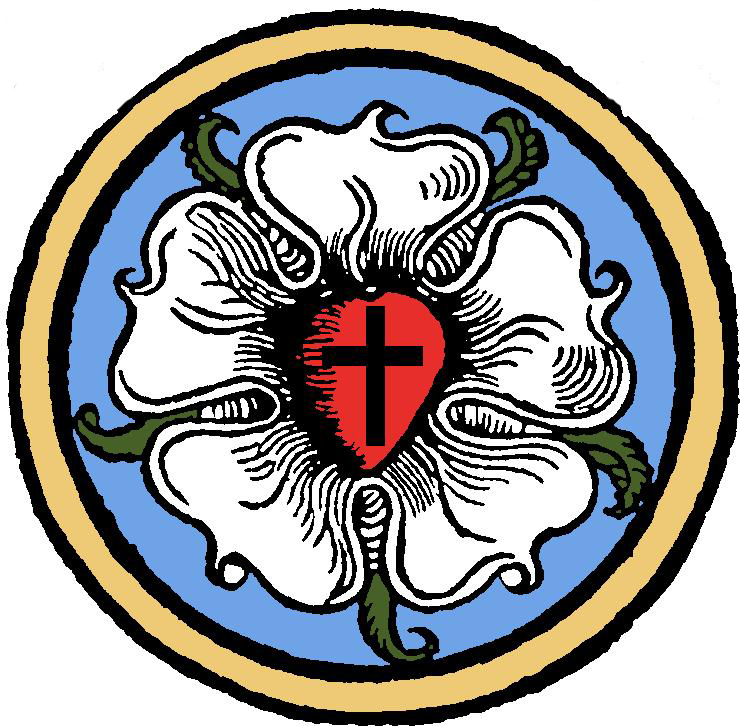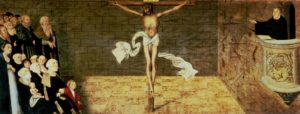by Rev. Jason D. Lane

The Holy Spirit is not shy. We should never say that. He is God Almighty, Eternal, the Giver of life, co-equal with the Father and the Son, proceeding from the Father and the Son, and with the Father and the Son together is worshipped and glorified. He is the LORD. And His work for our salvation is powerful and as eternal as He is. We therefore do not worship the Holy Spirit as a backseat driver to Christ or as we would a secret admirer. He is holy and there is none like Him.
Luther says that this article on the Holy Spirit is about us being made holy. “Just as the Son obtains dominion by purchasing us through his birth, death, and resurrection, etc., so the Holy Spirit effects our being made holy through the following: the community of saints or Christian church, the forgiveness of sins, the resurrection of the body, and the life everlasting” (Kolb/Wengert, LC II, 37). Where the Holy Spirit is, there the church is whom He has sanctified in Christ. How does He do it? The creed does not spell out the means exactly. We confess forgiveness of sins, the resurrection of our bodies, and eternal life. And all this is from God the Holy Spirit. But the creed might tell us more than our English translation of the creed lets on. The phrase in the creed, communio sanctorum, can be translated in one of two ways. It can mean “communion of the saints” as a further explanation of “the holy Christian Church” or it can mean “the communion in the holy things,” also a fair translation of the Latin. But either way, whether it is the holy communion of saints who gather around the Word and Sacraments or the Word and Sacraments themselves, it is the Holy Spirit who does it, who gathers the church throughout the world, calling sinners to repentance and creating faith through the ministers He sends and the sacraments they administer.

In the third article of the creed, the church confesses God the Holy Spirit’s work, namely, the holy catholic church, the communion in holy things, the forgiveness of sins, the resurrection of the body, and the life everlasting. We want to paint Him as a dove, the emblem of divine comfort and peace, as the evangelists do. But perhaps one of the clearest portraits of the Holy Spirit is the familiar Cranach altar piece. In the middle of the church, between the preacher and the congregation, is the Crucified One, blood pouring from His five wounds and garments unfurled as a banner of victory. On His left, a preacher. It’s Luther, with a Bible open before him—I can’t tell what passage he has open, but from the looks of it he’s in the Old Testament—pointing toward Christ, the Reformer’s hands shaped in the form of a triune blessing. The congregation is situated to Jesus’ right hand, the place of honor, as those who will receive the blessing and those who will receive the last will and testament of their Lord. Christ’s wounded face is turned toward them. In the congregation are young and old, babies, mothers, and men. One young lady is looking at you the viewer, to see if you can hear what she hears and see what she sees. Are you paying attention? Christ is in the midst of you and this is the Holy Spirit’s doing.
Cranch’s altar piece is not a shy expression of the Holy Spirit, but a loud proclamation of the Spirit’s work of calling, gathering, and delivering Christ to the saints—preaching Christ crucified to sanctify us. “I believe in the Holy Spirit…Amen!”
The Reverend Jason D. Lane is Assistant Professor of Theology at Concordia University Wisconsin in Mequon, WI.